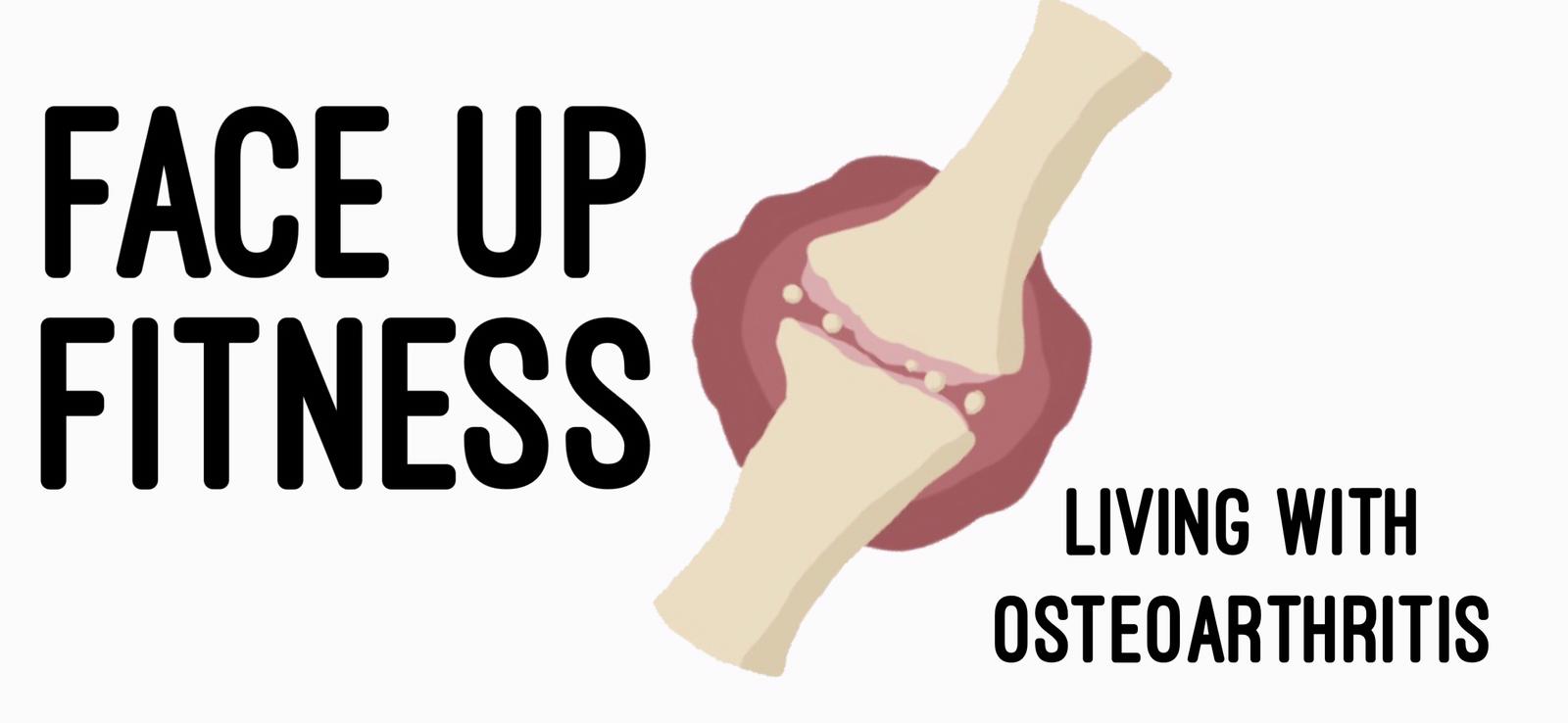That’s actually an awful long time in the ever evolving world of beauty. And yet the ReAura remains one of the most advanced home devices, despite no upgrade since launch.
When I first heard that Philips was developing the ReAura, I was incredibly excited. Fractional lasers had transformed professional skin rejuvenation. Here was a technology that could smooth wrinkles, zap hyperpigmentation/age spots, and all in all give us the dewy fresh skin that most of us crave for without the downtime associated with the more aggressive ablative lasers - which leave skin red, sore, peeling and swollen for weeks.
But there was a downside – cost. A single professional fractional laser treatment still easily sets you back over £500 and you’ll need several treatments to make an impact. Ouch! Indeed. So the prospect of a relatively cheap (£799) home solution got me salivating. Even more so when I heard that Philips was developing the ReAura in conjunction with Fraxel, widely seen as the gold standard in fractional lasers. I just knew that I would have to have one of these little beauties as soon as possible.
Duly, in November 2011, I bought a ReAura. Since then countless bloggers have posted about their early experiences with the device. It would be pointless for me to do the same. As a very early adopter, my aim here is to bring something new to the table: the ReAura, results two years on.
My treatment regime
I have to date completed 6 cycles of ReAura treatments; a single cycle is 8 weeks of twice weekly sessions. Over that time I have fallen in to a pattern of treating Sept-May. The laser makes your skin more sensitive to the sun and although safe to use all year round, so long as you follow guidelines such as wearing a sunscreen daily with an SPF 30 minimum, I’d rather keep to a winter timetable. It’s a personal thing but home lasers are powerful and need to be used sensibly.
My Results
 |
| ReAura: before (L) and after 12 months (R) |
For me what the ReAura does best is tackle hyperpigmentation and uneven skin texture generally. A case in point: my skin had been looking good up until last summer when, after my annual 3 week break in Spain, I returned with nasty dark spots on my cheeks, forehead and chin. I was horrified.
I tried all manner of vitamin C-based brightening serums but none made much impact. The Sqoom (see review, 6 and 13 January) helped a little, though to be fair to the Sqoom I wasn’t using that in conjunction with its DeSpot gel. It was only after using the ReAura again did I notice a good improvement in my skin. Now, having just completed another 8 week programme, the hyperpigmentation is almost all gone.
The two photos below I hope illustrate the improvement, although I appreciate they are not perfect. I started treating before I had planned to do this blog, and so I never took a pic of the sun damage properly at home. The one on the left was taken at the end of my holiday (see dark spots in the middle of my left cheek, on the chin and above the eyebrow). The one on the right was shot this week in natural day light at home.
 |
| Sun damage (L) and (R) after one ReAura cycle |
So the ReAura is great for skin tone and texture. What about wrinkles and tightening? Sadly, the ReAura has done little for either of those over the two years. I don’t have deep wrinkles or much sag, but I do have faint forehead and smile lines. Yes, there has been some softening of the crow’s feet but nothing like the great results elsewhere.
In fairness, crow’s feet are a tricky one. I’ve heard many cosmetic dermatologists say that only Botox (or similar) will rid you of those. True? Perhaps: I have yet to come across a home device that will.
Summary
The texture of my skin currently looks better than it has for years. I can’t attribute that totally to the ReAura. When I’m not testing, I use a number of different devices because layering different treatments in my opinion gives a better overall result – different devices have different strengths and weaknesses. But what I can say is that during the early days of using the ReAura, I got more compliments about my skin than I had ever had before. Now, two years down the line and with other great devices in my arsenal, I still get people asking me about my skincare regime. And I will take that!
In part 2 of my ‘tried and tested’ review, which I’ll post next week, I will talk about the treatment experience itself and also give some tips and tricks on how to improve your ReAura journey.
For more info check the Philips website here. You can buy the ReAura from Space NK here and Boots here.
. If you are a ReAura users (or you use another home laser device such as the Tria) I’d love to hear from you about your experience. Equally, if you don’t own one, but are thinking about taking the plunge, I’d be more than happy to answer any questions via the comments boxes below.

